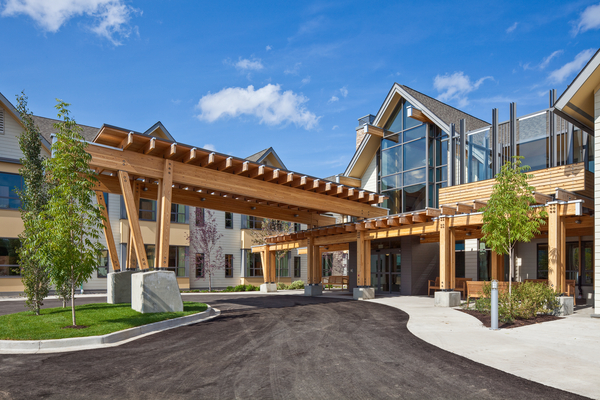Exposure to wood can support better healthcare outcomes
The world’s population is getting older and living longer. Globally, the number of people over the age of 65 is set to double by 2050, reaching over 2 billion. Thanks to advancements in science and medical care, people go on to live healthy, fulfilling lives well into their 80s and beyond. With this comes a growing need for versatile, flexible and high-quality assisted living and long-term care residences that accommodate a wide spectrum of needs as we age. At the same time, more importance is being placed on creating warm and welcoming, light-filled spaces that are non-institutional in their feel and support an improved sense of well-being. When it comes to health and design, science is confirming the emerging concept of biophilia: the fact that being exposed to nature—and natural, organic materials such as wood—not only calms our mind, it can contribute to reduced stress and better healthcare outcomes. There is perhaps no better place to apply biophilic principles, and increase our use of wood, than in the design of facilities for aging populations.
Both here at home and abroad, wood products from British Columbia’s (B.C.’s) sustainably managed forests are helping do just that, serving as the primary building material for assisted living facilities that meet new contemporary standards for residential care.
Gateway Lodge Long-Term Care Facility | Photo credit: Derek Lepper
